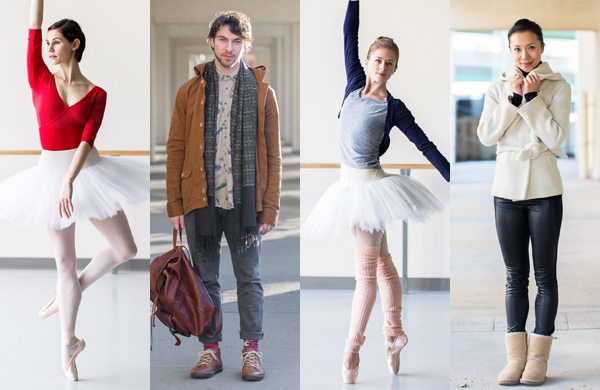Ballet has long been admired for its elegance, grace, and timeless style. However, traditional ballet aesthetics have often been associated with strict body standards, leaving many aspiring dancers and enthusiasts feeling excluded. In recent years, the world of ballet has begun to embrace size inclusivity, revolutionizing the way we perceive and appreciate this beautiful art form. This article explores the significance of size inclusivity in ballet style, its historical context, the progress made, and the impact it has on dancers of all body types.
Ballet style encompasses the unique blend of grace, precision, and athleticism that defines this art form. However, the conventional image of a ballet dancer has typically been associated with a lean and slender physique. This narrow perception of beauty has led to the exclusion of dancers with diverse body types, limiting opportunities for talented individuals who do not fit into the traditional mold.
Historical Overview of Ballet Style
Throughout history, ballet has been closely intertwined with rigid body standards. Dancers were expected to conform to a specific body type, often characterized by long, slender lines. This approach perpetuated the idea that ballet was only accessible to a select few, excluding those with different body shapes and sizes. As a result, countless aspiring dancers were discouraged from pursuing their passion.
The Rise of Size Inclusive Ballet Style
In recent years, there has been a notable shift in the ballet industry towards embracing size inclusivity. This change can be attributed to the growing body positivity and diversity movements, which emphasize the celebration of all body types. Influential figures in the ballet world, such as Misty Copeland and Michaela DePrince, have played a significant role in advocating for size inclusivity and breaking down traditional barriers.
Redefining Ballet Style for All Body Types
To make ballet style more inclusive, the industry has begun to expand the size ranges of ballet attire. Previously, finding ballet clothing that catered to different body types was a challenge. However, there is now a greater focus on designing garments that flatter and accommodate diverse figures, ensuring that dancers of all sizes can feel comfortable and confident.
Promoting Diversity in Ballet
In addition to size inclusivity in attire, promoting diversity in ballet extends to casting and representation on stage. Companies and dance schools are recognizing the importance of showcasing dancers from a variety of backgrounds and body types. By doing so, they create a more authentic and representative art form that resonates with a wider audience.
The Impact of Size Inclusive Ballet Style
The embrace of size inclusive ballet style has had a profound impact on dancers of all body types. By breaking down the barriers of exclusivity, individuals who were previously discouraged from pursuing ballet are now finding the confidence and support to express themselves through this art form. Size inclusive ballet style has opened doors for aspiring dancers to embrace their passion and showcase their talent, regardless of their body shape or size.
Challenges and Criticisms
Despite the progress made, size inclusive ballet style still faces challenges and criticisms. Traditionalists argue that the aesthetic of ballet should not be compromised by expanding size ranges and embracing diverse body types. Addressing these concerns requires education and understanding, emphasizing that size inclusivity enhances rather than diminishes the beauty and artistry of ballet.
Conclusion
The resurgence of ballet style, now with a focus on size inclusivity, marks a significant milestone in the evolution of this timeless art form. By embracing dancers of all body types and expanding size ranges in attire, ballet becomes more accessible and relatable to a broader range of individuals. Size inclusive ballet style promotes self-acceptance, diversity, and confidence, inspiring a new generation of dancers to pursue their dreams.

